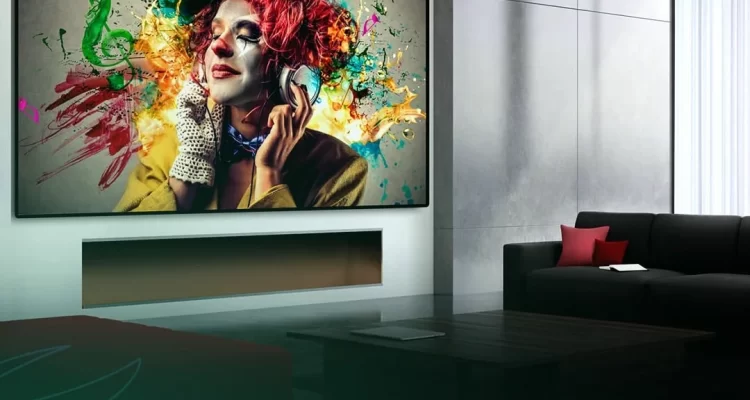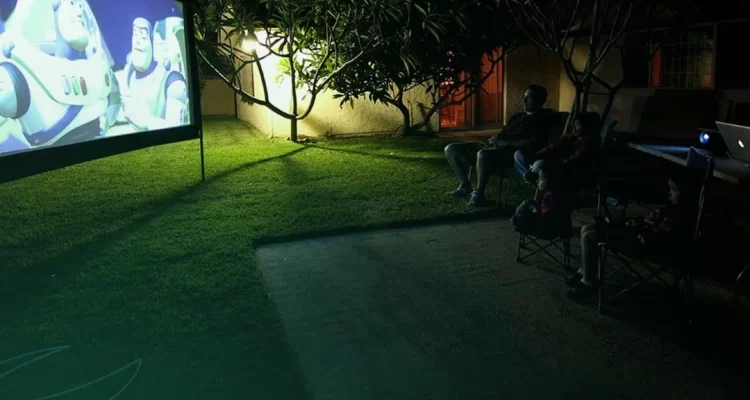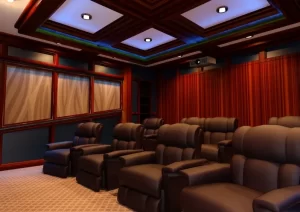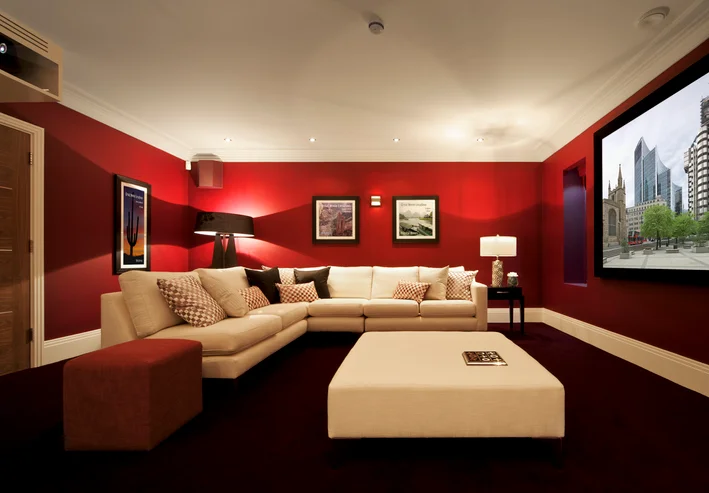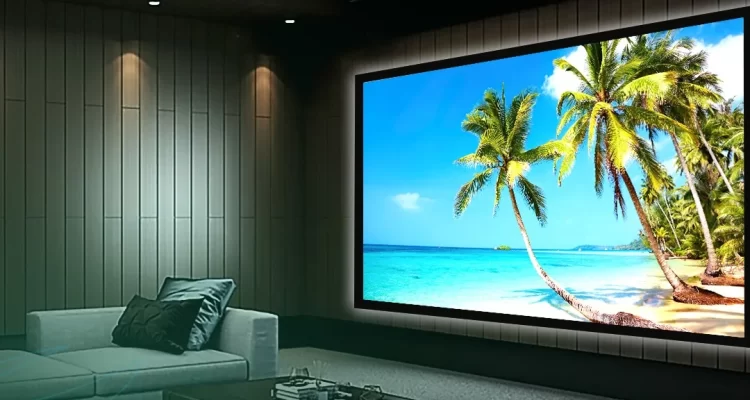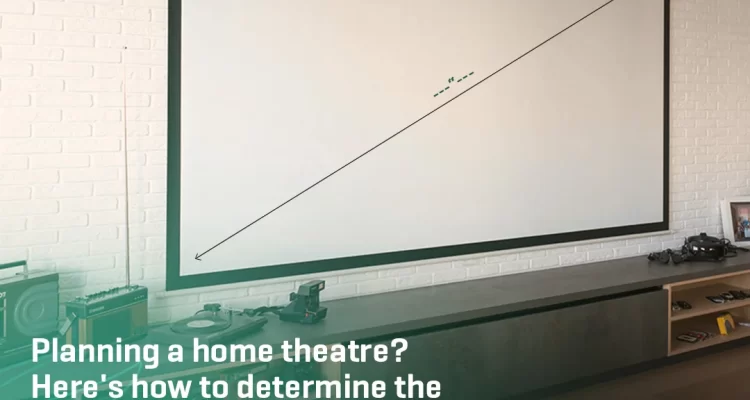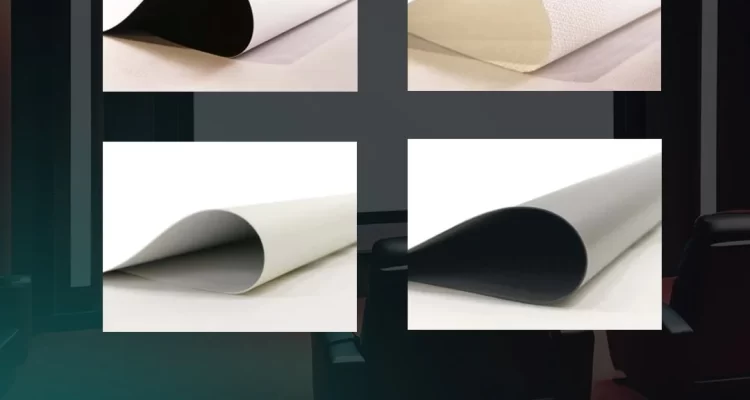
Christie chooses Lumina Screen to showcase their products at Infocomm 2022
High-end projectors require high-end screen solutions. Putting quality as the top priority while manufacturing home theatre screens, Lumina always brings in the A-Game. Having witnessed Lumina’s products, values and history, Christie chose Lumina as a strategic partner to display their innovative projection solutions at Infocomm 2022 which was conducted at the Bombay Exhibition Centre, Mumbai from 5th to 7th September 2022.
Lumina offers a wide range of screens that focus on delivering an immersive experience. However, the Christie team had requested a screen with a few unique requirements, which was taken up as a challenge and an opportunity by the Lumina team. Speaking on this experience, Mr Yusuf Galabhaiwala, Director of operations says, “We customized 0.8 Gain for Christie. Although we did not have such a screen in our product range, we were able to manufacture it to match their requirements. And this was only possible because our plant is established in India, which essentially allows us to create new products, coordinate and pay close attention throughout the process to ensure its success.”
Continuing the tradition, Christie displayed their flagship product range, RGB laser projectors on Lumina screens. In addition, the patrons were surprised and excited to know that the screen gain was 0.8 as the colours were sharp which essentially means, edge-to-edge uniformity, along with the deep blacks courtesy RGB booster technology.
FAQ’s
Why did Christie choose Lumina Screens for InfoComm 2022?
Christie selected Lumina Screens for their superior image quality, high contrast, and excellent ambient light rejection, ensuring the best display for their projectors.
What products were showcased on Lumina Screens at InfoComm 2022?
Christie used Lumina’s high-performance screens to demonstrate their latest projectors, highlighting exceptional brightness and clarity.
What makes Lumina Screens ideal for professional showcases?
Lumina Screens deliver ultra-HD visuals with precision-engineered materials, making them the perfect choice for industry-leading exhibitions and events.
Can Lumina Screens be used for commercial and professional applications?
Yes, Lumina Screens offer specialized solutions for auditoriums, exhibitions, home theaters, and large-scale commercial setups.
Where can I purchase Lumina Screens for professional use?
Lumina Screens are available through authorized dealers and online. Visit the official website for more details on purchasing options.
- Date - September 17, 2022

